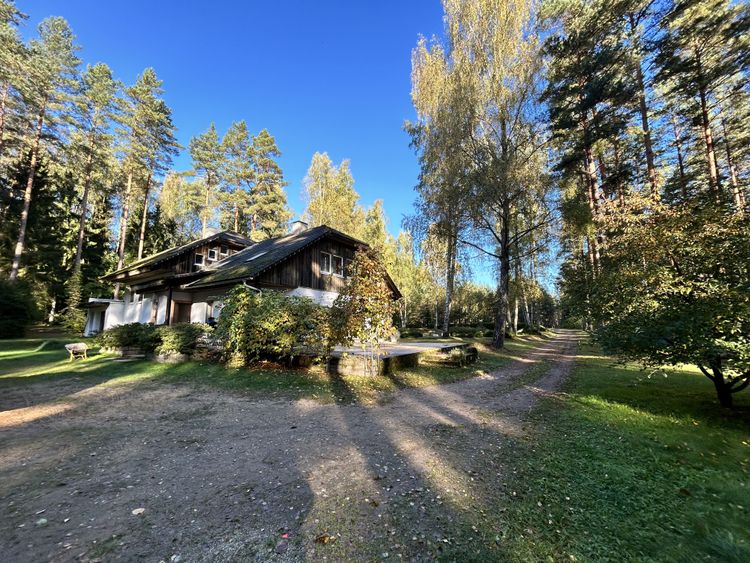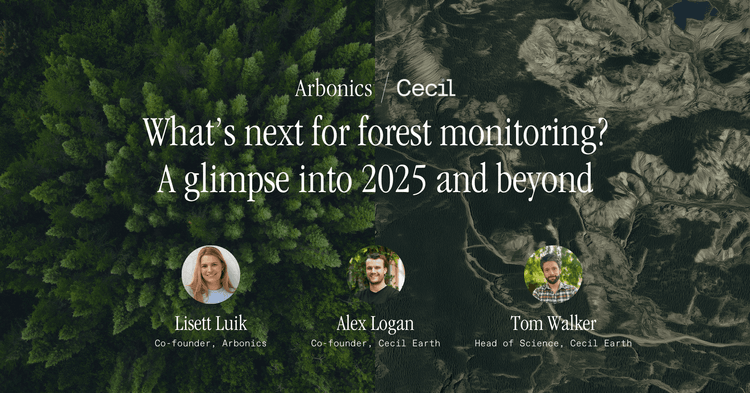Kristjan Lepik, Co-founder, CEO
Europe becomes a carbon markets leader with CRCF
February 20th was a big day for carbon markets - European Parliament, Council, and Commission - reached an agreement on the legal text of EU CRCF (Carbon Removal Certification Framework). You can read more about the what does the proposal includes here, now updated with the latest changes.
While there is a lot of legalese around this (and more to come), the summarising story is very short and clear - Europe is becoming the leader in creating a clear framework for carbon markets.
Last year was not easy for carbon markets, there were many cases of faulty projects being published. But those are the growing pains of every new market and this is now being used to make this market better. The carbon buyers will need more transparency of the projects and to be sure that they really do good for the nature. Farmers and foresters need more security that the new carbon markets will be there in 10 years as well. The CRCF ensures both.
What does the CRCF framework include?
The European Commission spent a lot of time on getting the scope of the CRCF right and I do think they managed to do it well.
The framework includes the following
- permanent carbon removal (storing atmospheric or biogenic carbon for several centuries)
- temporary carbon storage in long-lasting products (such as wood-based construction products) of a duration of at least 35 years
- temporary carbon storage from carbon farming (e.g. restoring forests and soil, wetland management, seagrass meadows)
- soil emission reduction (from carbon farming) which includes carbon and nitrous oxide reductions from soil management, and which activity must overall reduce the carbon emissions of soils or increase carbon removals in biological matter(Examples of activities are wetland management, no tilling and cover crop practices, reduced use of fertilizer combined with soil management practices, etc.)
The first one is designed in sync with IPCC – setting no limitations on carbon removal methods, this is good. The second one is important, because it allows us to bring in solutions where wood and other materials are used for long periods of time. The third one is important to us at Arbonics, while we use Verra to verify credits, this very much aligns with our approach for afforestation. And the last one should make farmers happy, this one was not included in the previous version.
What happens next?
While this was an important and strong step, there is still a lot of work ahead to get this usable to businesses in Europe. There are two important next steps:
- An EU-wide registry will be developed in four years from the adoption of the regulation. Meanwhile other registries can be used.
- The Commission's expert group will start working on methodologies for these different types of carbon removal activities. It is still unclear how long this will take.
When will CRCF be fully operational?
EU policy expert Eve Tamme estimated “So, the earliest in 2025, possibly in 2026.” While it will still take some time, we are really moving fast and inching closer. For example, methodologies will be prepared by the Commission's expert group meeting will take place April and will no doubt provide more detail such as which methods will receive methodologies first.
“Over time, this will create an important additional business model for farmers and foresters,” commented Wopke Hoekstra, the EU’s climate commissioner.
While we already help European landowners with afforestation, there is more legal support needed to ensure landowners and credit buyers. That is why yesterday was an important step. Once CRCF is live, it will bring transparency and trust, allowing European carbon markets to explode in size.
Arbonics connects landowners and credit buyers at scale to remove carbon and protect biodiversity through data-backed forestry solutions.
Our leading technology finds the best strategies to maximise carbon removal, allowing us to offer two solutions to landowners: Afforestation for planting new forests, and Impact Forestry for improved forest management.
We provide credit buyers with high-quality carbon credits from these projects to support your positive environmental impact. Our solutions are backed by advanced technology, deep forestry expertise, and the stringent forestry regulations of the EU.
Interested in buying credits? Introduce yourself here and we will be in touch! Follow us on LinkedIn, Facebook, and Instagram for latest news.


